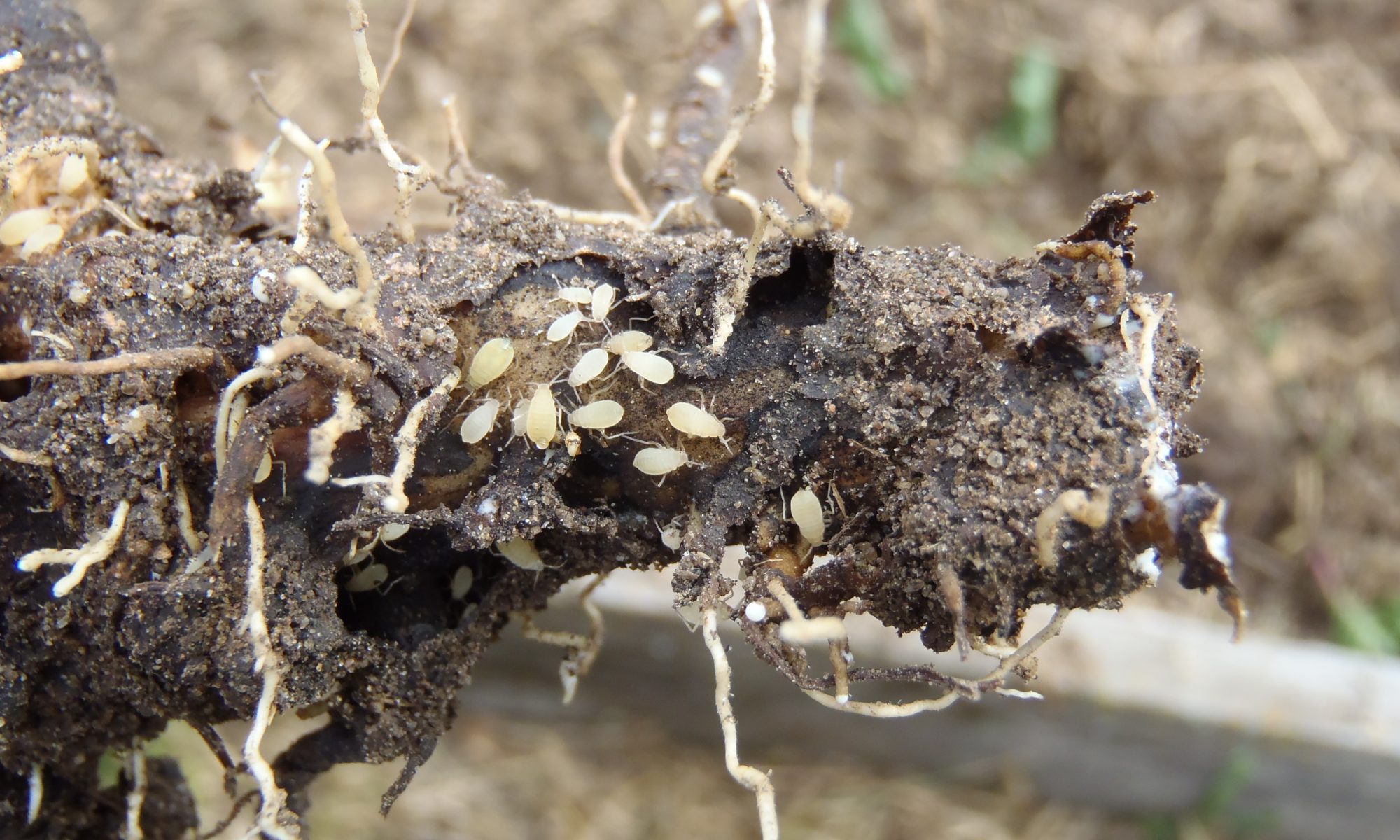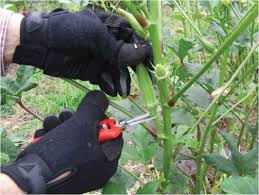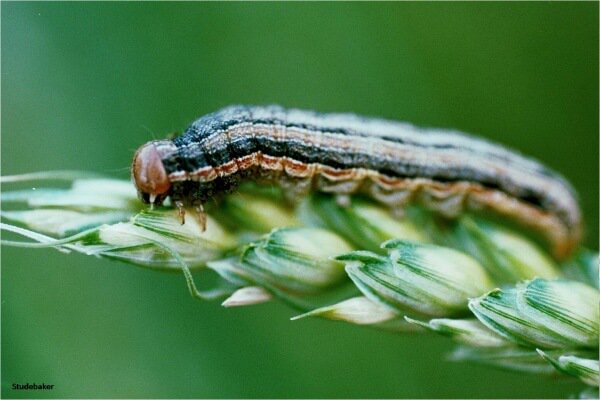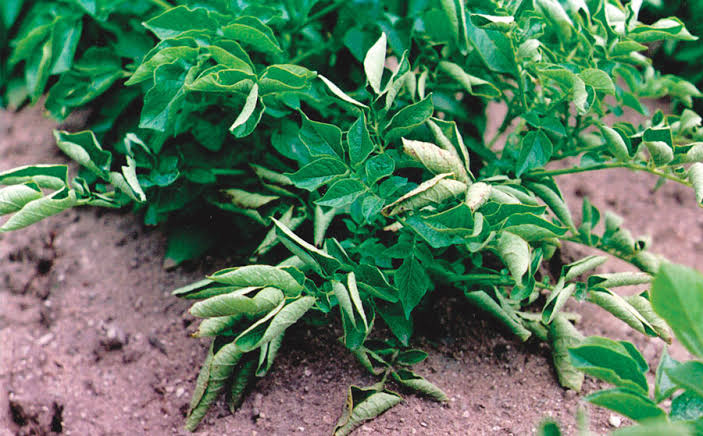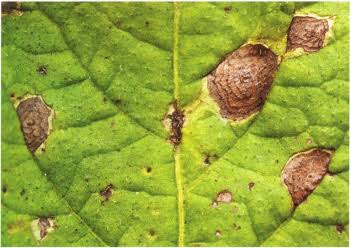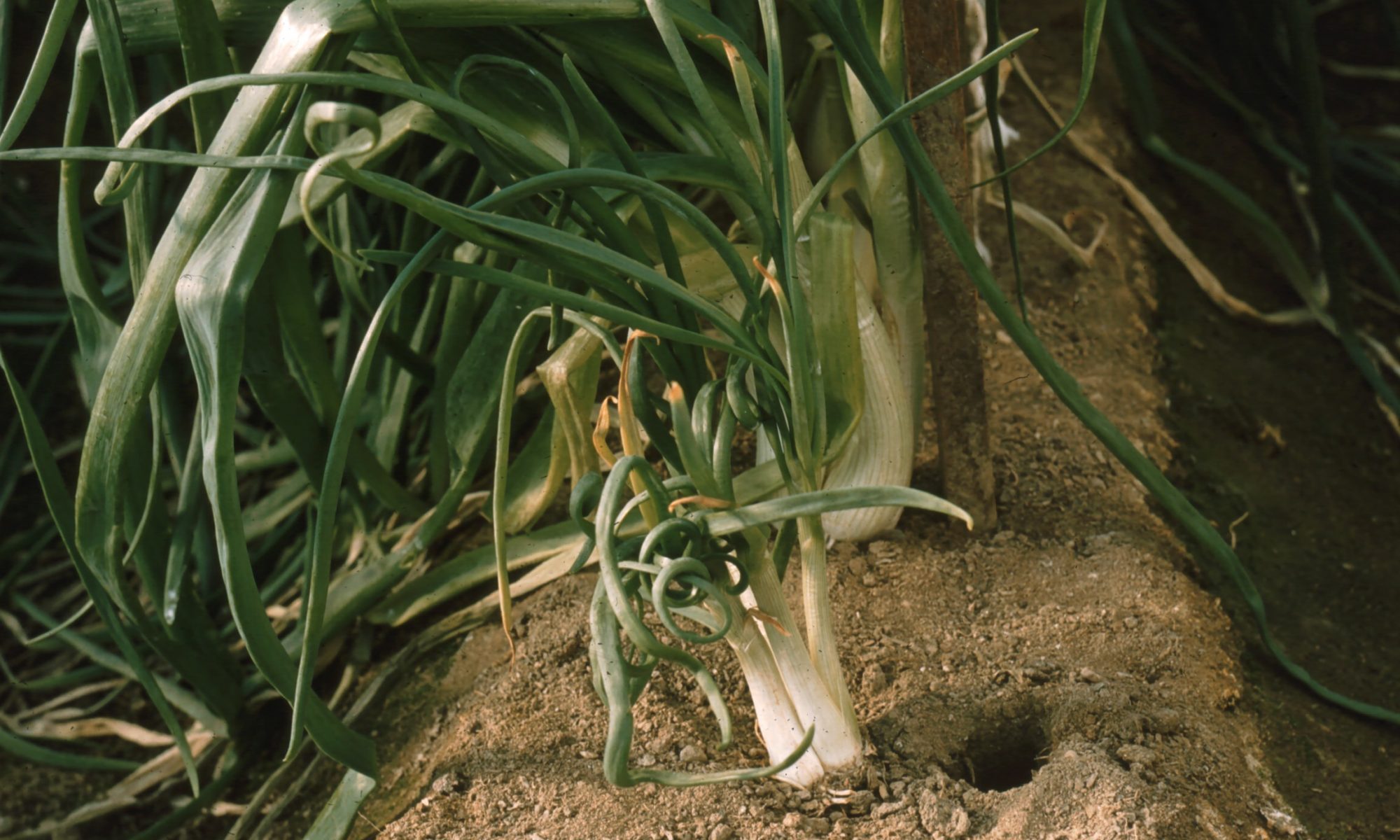- Maize cultivated during the monsoon, winter and spring season.
- Spring and winter season is almost fully irrigated.
- For winter and spring maize first irritation should be applied at 3-4 weeks after germination.
- Subsequent irrigation at 4-5 week interval up to mid-March.
- Therefore at 1-2 weeks interval depending on rainfall and temperature.
- For different water availability scenario, the irrigation scheduling can be as follow-
- If five irrigations available apply at 1.) Six leaf stage, 2.) Late knee-high stage, 3.) Tasseling stage, 4.) 50% silking stage and 6.) Dough stage.
- If three irrigations available apply at 1.) Early knee-high stage, 2.) Tessling stage and 3.) 50% silking stage.
Like and share with other farmers by clicking on button below
Share

